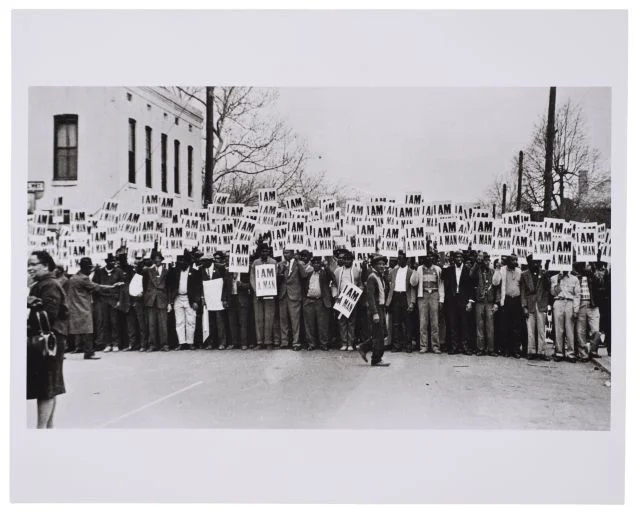African American photographer Ernest Withers (1922–2007) is renowned for his significant and enduring photos that captured the American Civil Rights Movement. On August 7, 1922, Withers was born in Memphis, Tennessee.
He began his career as a freelance photographer, documenting events in and around Memphis. Withers gained national recognition for his work in the 1950s and 1960s, documenting landmark moments in the struggle for civil rights, including the Montgomery Bus Boycott, the Emmett Till trial, and the Memphis sanitation workers’ strike.
As an FBI informant, Withers provided information about leaders, activists, and organisations in the field; despite his services to the Civil Rights Movement, this material was made public after his death. This content caused a stir and raised concerns about his involvement in the movement’s documentation and potential impact. Ernest Withers passed away on October 15, 2007. His photos are vital historical records that have helped to preserve the visual documentation of the American Civil Rights Movement.
Ernest Withers and American Life
Withers had a key role in documenting the crucial periods in the American Civil Rights Movement. His photos captured the movement’s raw emotions, struggles, and achievements during a pivotal period in American history. Several images taken by Withers have become well-known symbols of the Civil Rights Movement. His photographs from the Memphis Sanitation Workers’ Strike to the Montgomery Bus Boycott are famous and have appeared in several books, documentaries, and exhibitions.
Withers’s African American background gave his photography a distinct viewpoint. His photographs frequently depicted African Americans’ day-to-day experiences and lifestyles during a period of high racial tension and social upheaval. Withers began his career as a local photographer in Memphis. Still, his work soon gained national recognition: photos were used in prominent magazines and shown nationwide, helping raise awareness of the Civil Rights Movement and its causes.
Withers’s background as an FBI informant added a layer of complexity to his legacy. His dual responsibilities as a movement documentarian and informant brought up ethical questions about the proper balance between journalistic integrity and the relationship between civil rights activists and the government.
Withers’ photographs serve as a valuable historical record, allowing future generations to visually understand the struggles and triumphs of the Civil Rights Movement. His work contributes to the collective memory and understanding of this pivotal period in American history.
I Am a Man by Ernest Withers
One of Ernest Withers’ most famous images, “I Am a Man,” captures a crucial period in the Civil Rights Movement. During the 1968 sanitation workers’ strike in Memphis, the shot captures the startling sight of a sanitation worker holding a sign that says, “I AM A MAN.”
African American sanitation workers in Memphis went on strike in February 1968 in protest of unsafe working conditions, discriminatory policies, and the tragic deaths of two coworkers from a broken garbage truck. This marked the beginning of the Memphis sanitation strike. Dr. Martin Luther King Jr. and the Reverend James Lawson led the workers’ demands for better pay, working conditions, and union recognition.
Since the image has come to represent the titanic struggle for civil rights and racial justice, the phrase “I Am a Man” has become a potent and well-known global declaration supporting equality and human rights. Withers’ photographs, like this one, are still prized for their historical relevance and ability to convey the enthusiasm and gravity of the Civil Rights Movement.





